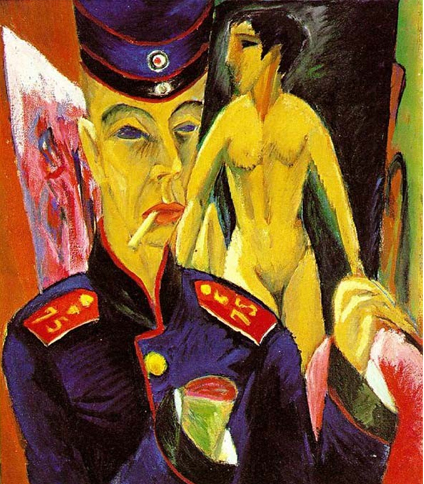Not many people know that Adolf Hitler organised the century's most popular exhibition of modern art. It was called ''Entartete Kunst'', it toured 13 venues in Germany and Austria in 1937 and 1938 and was seen by three million people. Even the New York Picasso retrospective of 1980 could only manage a box office of just over one million. ''Entartete Kunst'', a fascinating if incomplete reconstruction of which now occupies the Los Angeles County Museum of Art, was the first blockbuster of modern times.
Not that the Nazis saw it quite like that. Entartete Kunst means ''Degenerate Art''. The exhibition might have contained major works by Beckmann and Kirchner, Grosz and Dix, Nolde and Kokoschka; but, framed in the terms of National Socialist rhetoric and ideology, it was a Schreckenskammer, a chamber of horrors designed to demonstrate the depths of cultural decadence to which the great German nation had been subjected by an international conspiracy of Jews and Bolsheviks.
The posters advertising the exhibition presented the modernist threat in no uncertain terms: the tribal idol, shadowed by the scheming Jew, looms threateningly out of darkness. Modern art spelt racial corruption. As the Fuhrer helpfully explained in the visitor's guide, ''Jewry has been able, largely by exploiting its position in the press, to obscure all normal ideas of the nature and function of art''.
''Entartete Kunst'' now seems a bizarre project. Even Stalin would never have dreamed of mounting a vast exhibition of the art that he abominated. But the current reconstruction only tells half the story. ''Entartete Kunst'' was one of two exhibitions staged in Munich by Hitler and his advisors in 1937; the other was the ''Grosse Deutsche Ausstellung'', a massive show of Nazi-approved art. Together, they amounted to an early example of the ''before and after'' formula: German...


